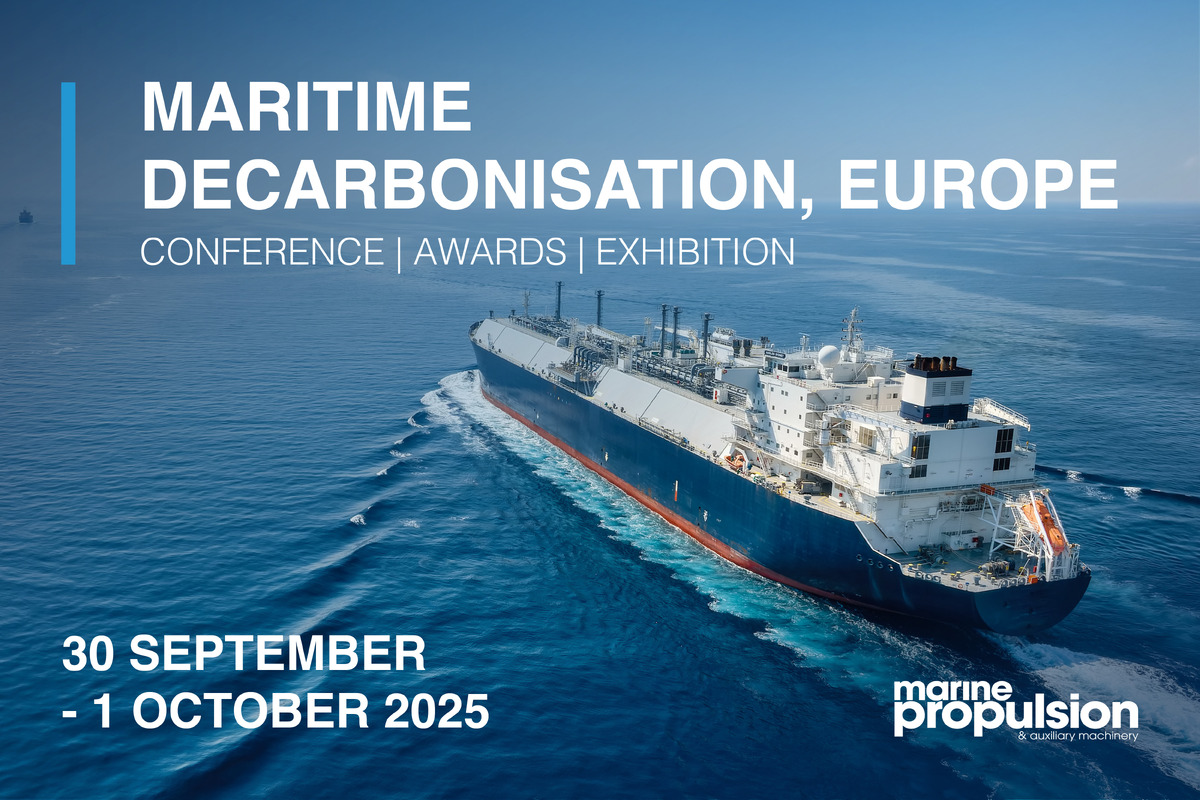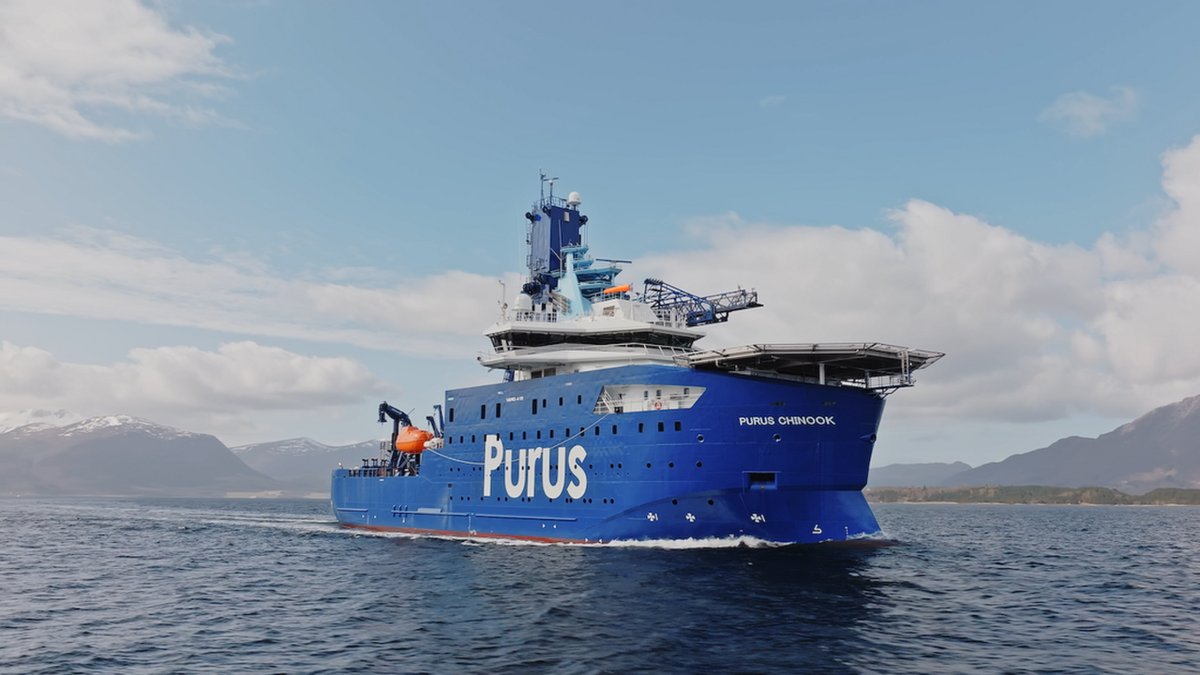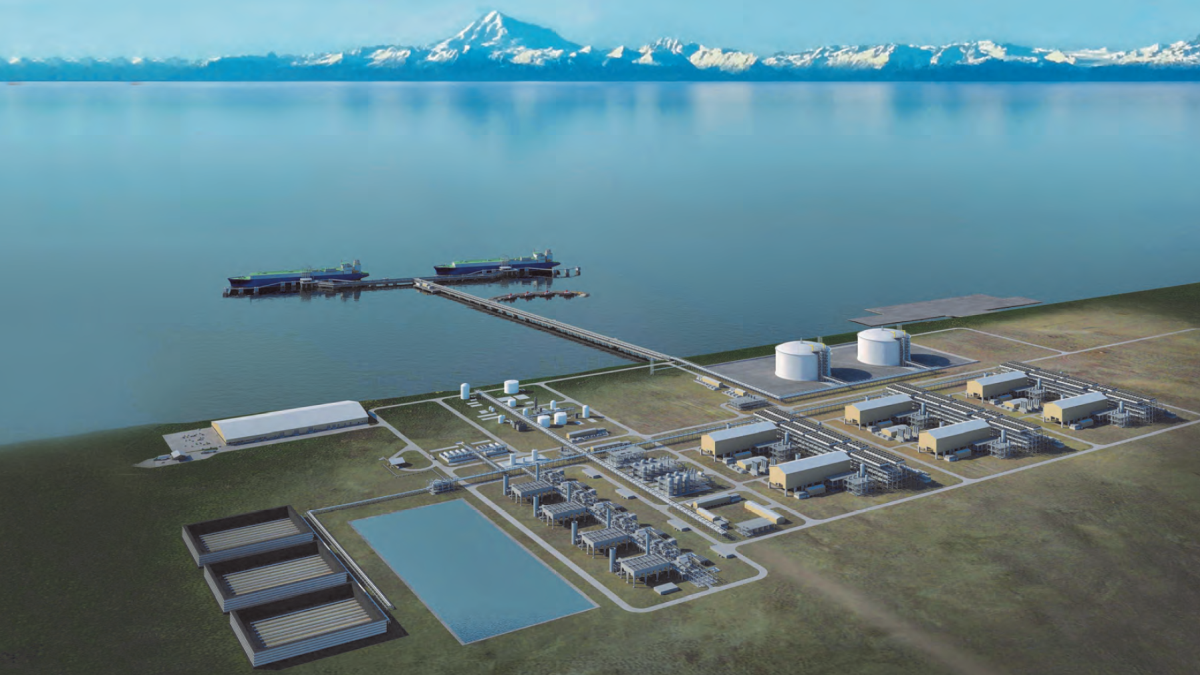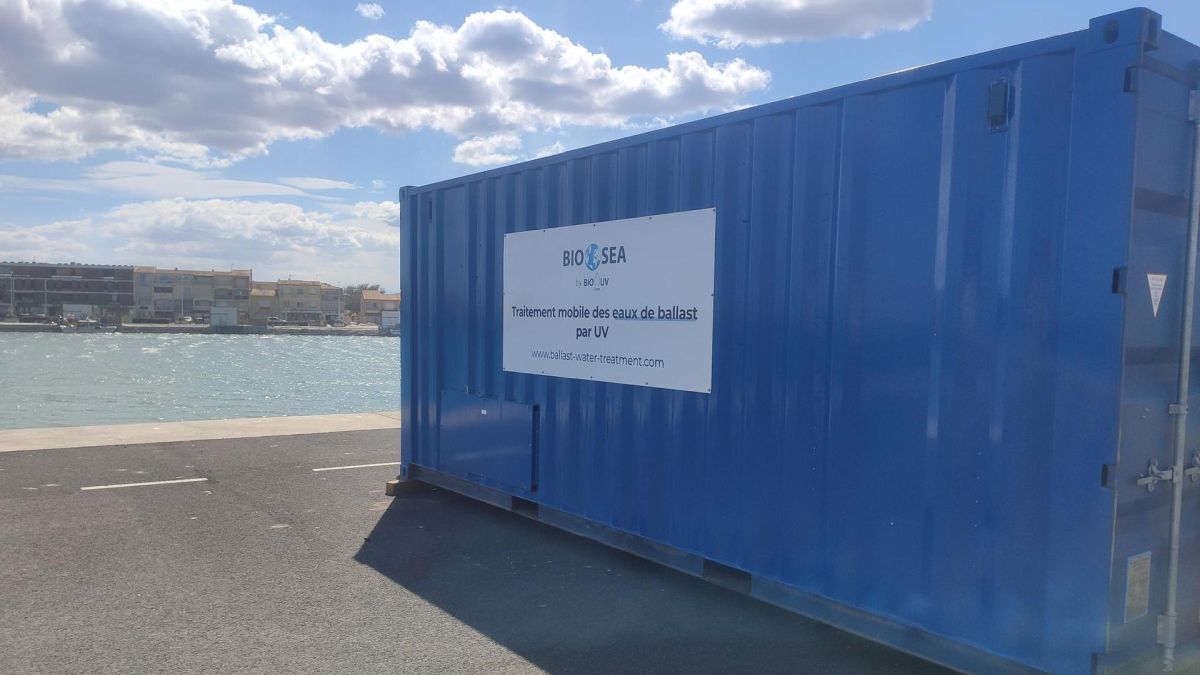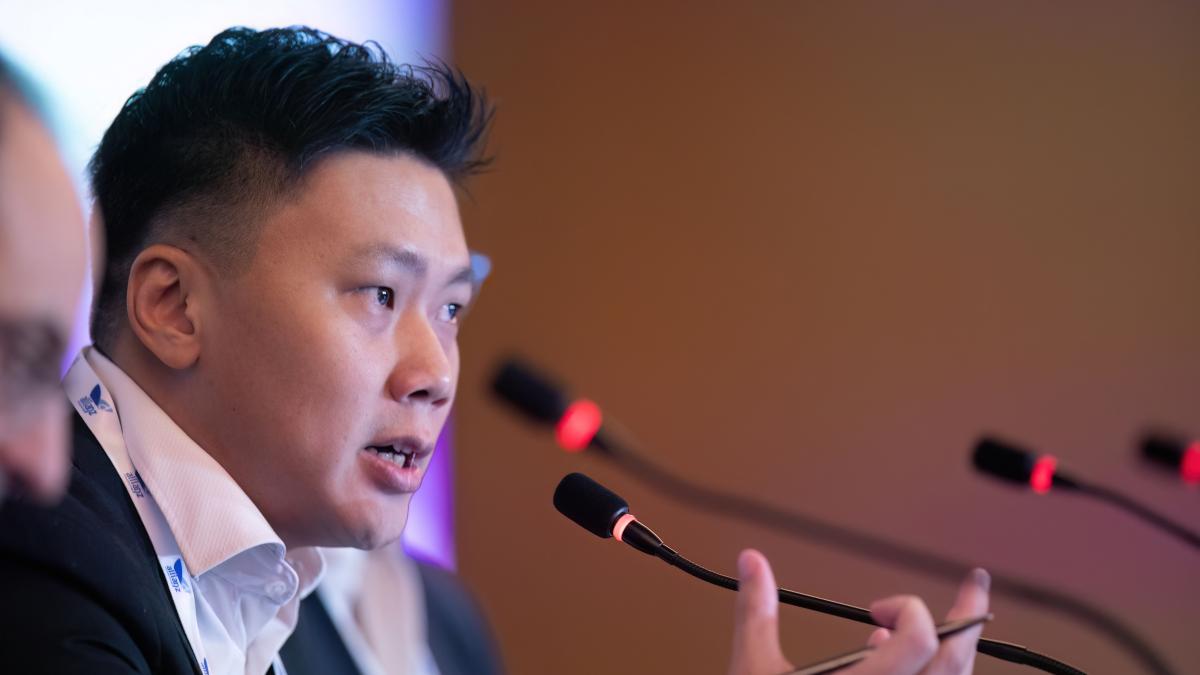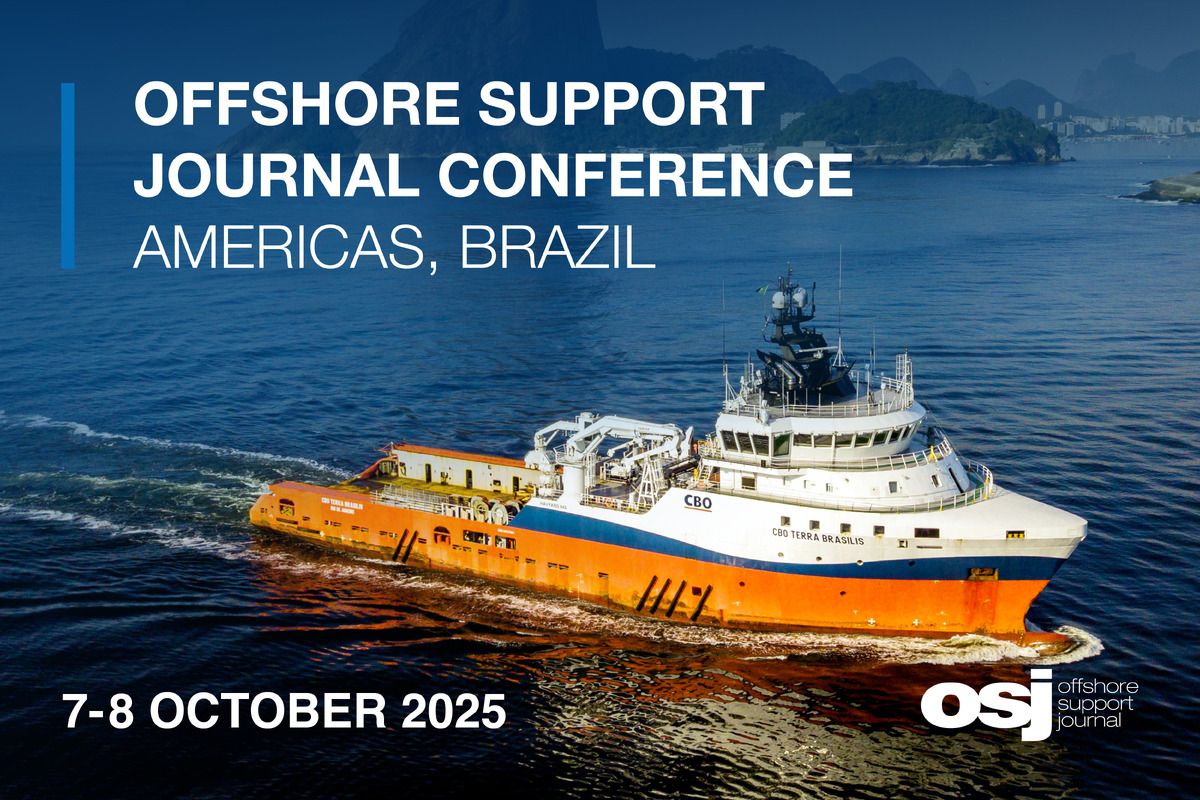Business Sectors
Contents
Test centre sets its sights on massive turbines, energy storage and conversion
Denmark’s test centre for offshore wind is building a facility to house nacelles for massive next-generation turbines
A new nacelle testing facility capable of handling turbines of more than 20 MW is under construction at Lindø Offshore Test Centre (LORC) in Denmark, but even before it is completed the centre is eyeing the next stage of its development.
The foundations for the new site should be completed in February 2020, after which a test hall with a height of 22 m and area of 2,250 m2 will be built. LORC’s new testing facility is due to be completed in late 2020. Its first customer, turbine manufacturer MHI Vestas – whose commitment to use it for long-term tests enabled LORC to obtain €45M (US$50M) financing – is due to move in early 2021.
LORC’s existing testing facilities enable it to test nacelles for 8-10-MW turbines, but these are small in comparison with those on the drawing board, hence the need for the new facility.
Speaking exclusively to OWJ in late October, LORC chief executive Torben Lorentzen said he is unable to divulge how large the turbine nacelles it will test for MHI Vestas might be, although they are believed to be significantly larger even than GE Renewable Energy’s Haliade-X turbine, the prototype of which was due to begin testing as this issue was being written.
When it first announced details of the new facility earlier in 2019, LORC said it would be more than twice as powerful as its existing test facilities, and “much more powerful” than similar test facilities in the US, UK and Germany. It said at the time that the new facility will have the capacity to test nacelles intended for turbines of 16-22 MW. For the time being, circa 10-MW turbines are the largest wind turbines ready for installation. “With the new facility, LORC is reaching out to the industry to test nacelles for much larger turbines which are expected to be introduced to the market sometime between 2022-2028,” the company says.
The existing nacelle test facility at LORC is actually two units, a function test facility for testing electrical systems and grid compliance and a second for accelerated lifetime testing. That will not be the pattern for the new site, Mr Lorentzen says. “It’s not just a scaled-up version of the existing one,” he says, “but we won’t be revealing more details until Wind Europe Offshore in November 2019.”
LORC doesn’t test turbine blades like other well-known facilities in Denmark, Europe and the US, but is now also offering the ability to test pitch bearings at full scale and recently secured its first contract for that kind of work.
Looking further ahead, Mr Lorentzen says LORC is planning how to respond to another important trend in the offshore wind sector in which a lot of research and time and money is being invested: storage and power conversion.
“We recognise there is a lot of interest in hybrid systems, in which wind is combined with storage such as batteries, and in using wind to produce green hydrogen,” he tells OWJ. “We want to be able to respond to that trend and offer clients the ability to test hybrid systems.
“We are thinking about an engineering lab in which you could combine a nacelle and the electrical infrastructure needed to store electricity from a turbine or convert it into hydrogen. We believe industry would be very interested in a facility that could allow manufacturers to test the combination of a turbine and batteries or have tanks and the infrastructure you would need for hydrogen. It would require approval by the board at LORC, but we believe it could be the next phase of the evolution of our facilities here.”
Related to this Story
Events
Maritime Decarbonisation, Europe: Conference, Awards & Exhibition 2025
Offshore Support Journal Conference, Americas 2025
LNG Shipping & Terminals Conference 2025
© 2024 Riviera Maritime Media Ltd.
